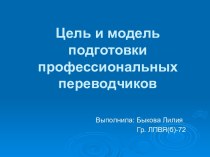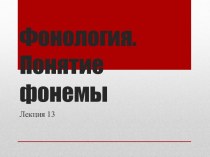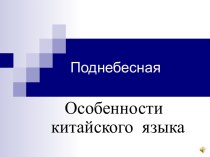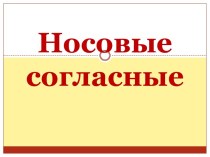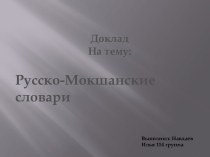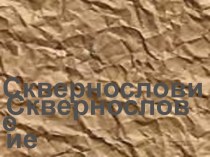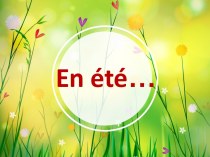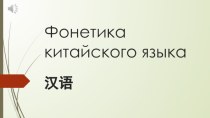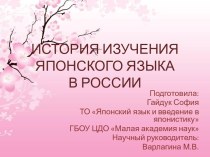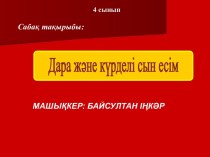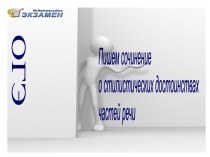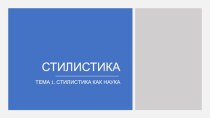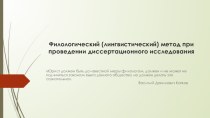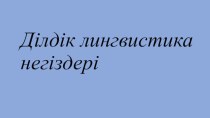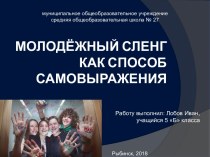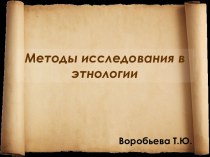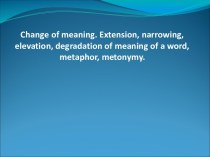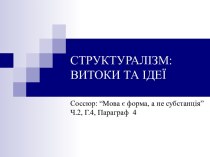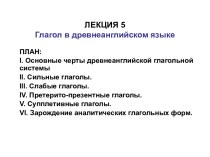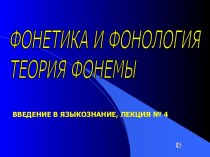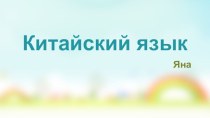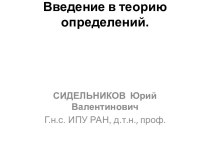- Главная
- Разное
- Бизнес и предпринимательство
- Образование
- Развлечения
- Государство
- Спорт
- Графика
- Культурология
- Еда и кулинария
- Лингвистика
- Религиоведение
- Черчение
- Физкультура
- ИЗО
- Психология
- Социология
- Английский язык
- Астрономия
- Алгебра
- Биология
- География
- Геометрия
- Детские презентации
- Информатика
- История
- Литература
- Маркетинг
- Математика
- Медицина
- Менеджмент
- Музыка
- МХК
- Немецкий язык
- ОБЖ
- Обществознание
- Окружающий мир
- Педагогика
- Русский язык
- Технология
- Физика
- Философия
- Химия
- Шаблоны, картинки для презентаций
- Экология
- Экономика
- Юриспруденция
Что такое findslide.org?
FindSlide.org - это сайт презентаций, докладов, шаблонов в формате PowerPoint.
Обратная связь
Email: Нажмите что бы посмотреть
Презентация на тему Identifying dialectal features of the Udmurt language with the help of an internet corpus
Содержание
- 2. Udmurt languageUralic family, Permic branchUdmurtia and neighboring regions340,000 speakersStandard literary language; 4 main dialectal areas
- 3. CorpusCollection of textsLinguistic annotation:metadatalemmatization, morphological annotationany other
- 4. Udmurt vk-corpusPosts and comments of Udmurt-language Vkontakte
- 5. Udmurt vk-corpusМон бы пукысал али и кылзӥськысал Лариса Васильевнаез, сое можно кылзыны вечность.
- 6. Udmurt vk-corpusМон бы пукысал али и кылзӥськысал Лариса Васильевнаез, сое можно кылзыны вечность.
- 7. Udmurt vk-corpusWeb interface: search
- 8. Udmurt vk-corpusWeb interface: search results
- 9. DialectologyPhoneticsLexiconMorphologySyntaxtraditional dialectology
- 10. vk-corpus: phoneticsPeople try not to deviate from
- 11. vk-corpus: lexiconMany people try to use the
- 12. Particle бон/ бен
- 13. ‘Forest’ (Maksimov 2007)
- 14. Подорожник (Maksimov 2013)
- 15. Borrowed Russian verbsThe standard way of borrowing
- 16. Borrowed Russian verbsThere is a detransitivising suffix
- 17. Borrowed Russian verbsIf a reflexive Russian verb
- 18. Borrowed Russian verbsPossible hypotheses regarding the distribution
- 19. Borrowed Russian verbsPossible hypotheses regarding the distribution
- 20. Russian verbs: кариськыны / карыны (vk + blogs)
- 21. Borrowed Russian verbsThe choice is clearly geographically
- 22. ConclusionAn internet corpus can provide the data
- 23. Скачать презентацию
- 24. Похожие презентации
Udmurt languageUralic family, Permic branchUdmurtia and neighboring regions340,000 speakersStandard literary language; 4 main dialectal areas
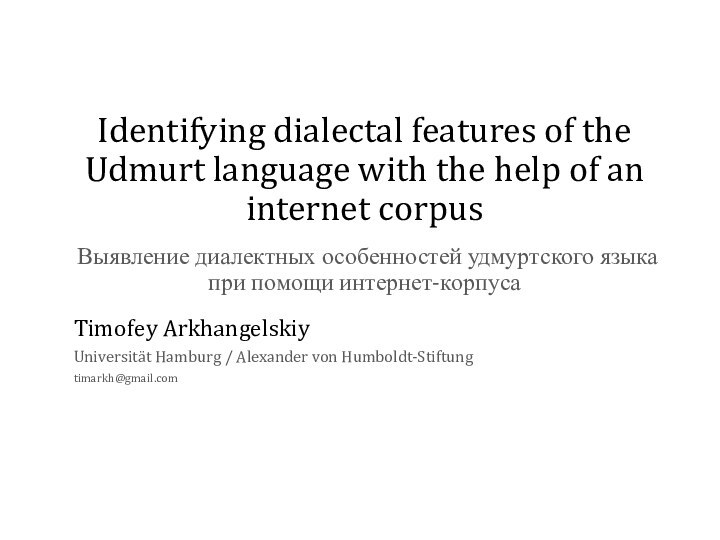
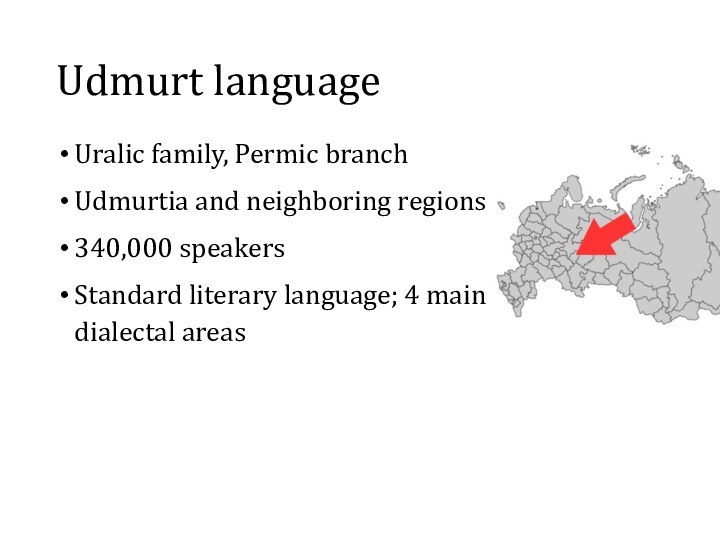
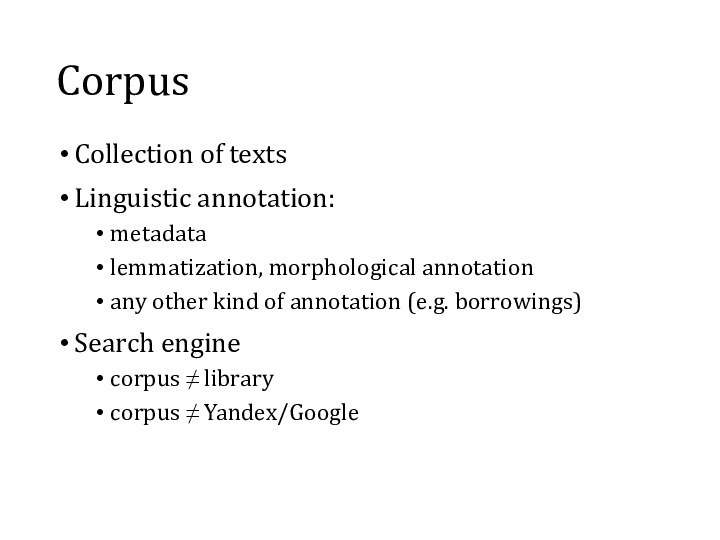

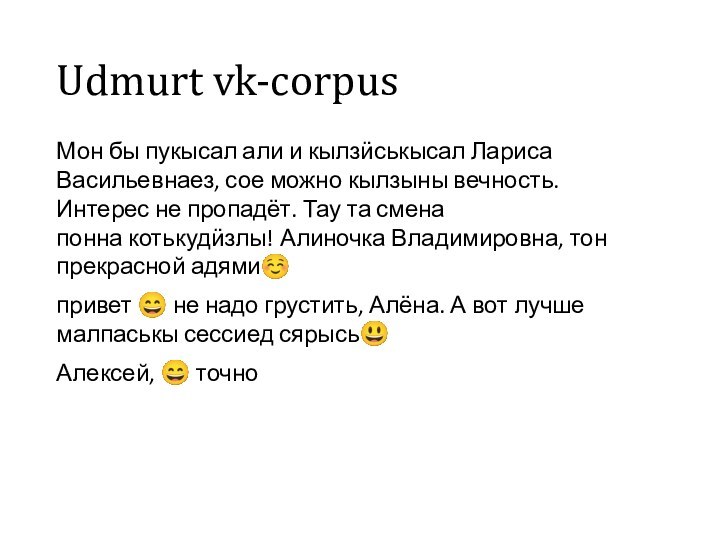
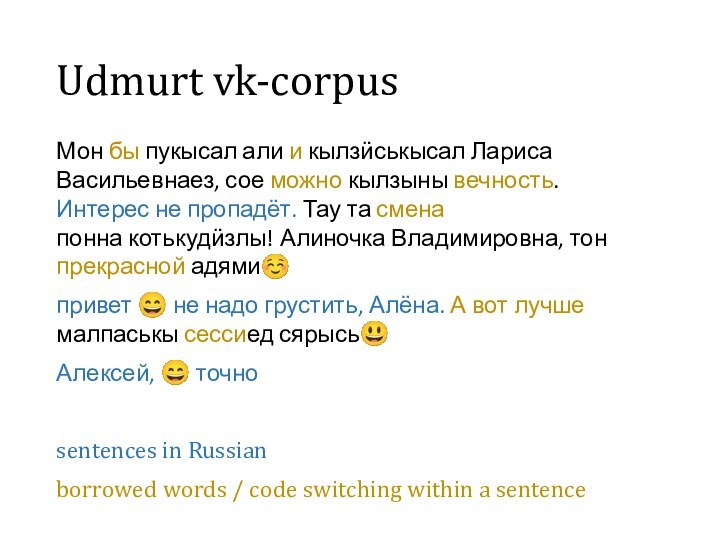
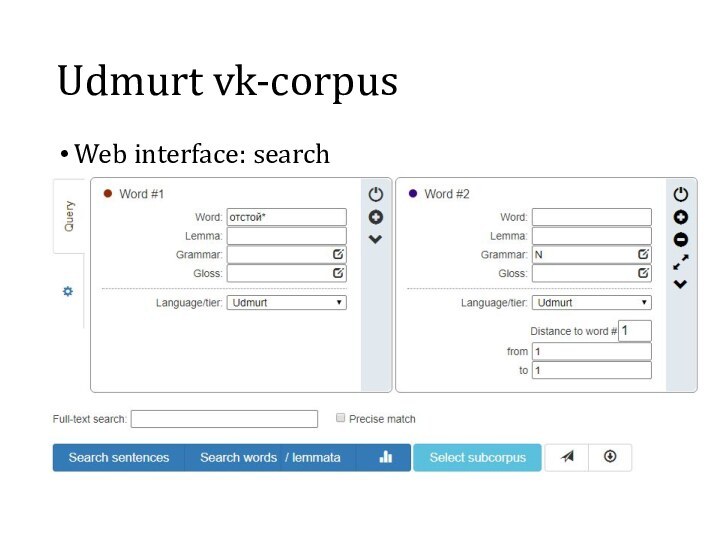
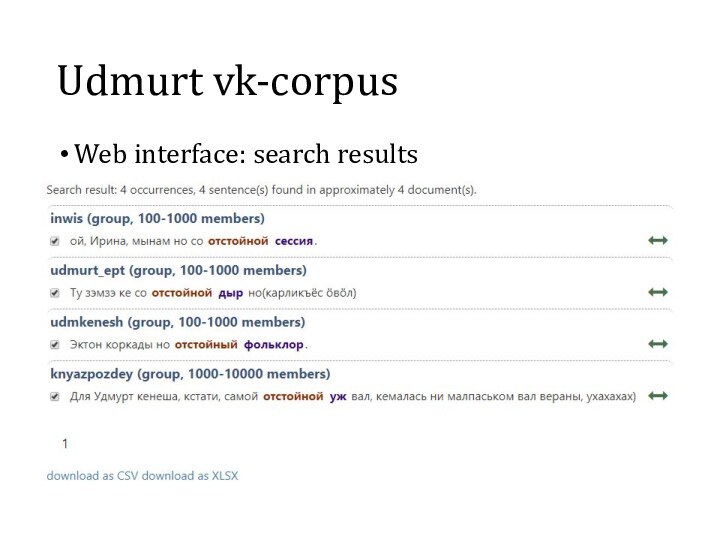


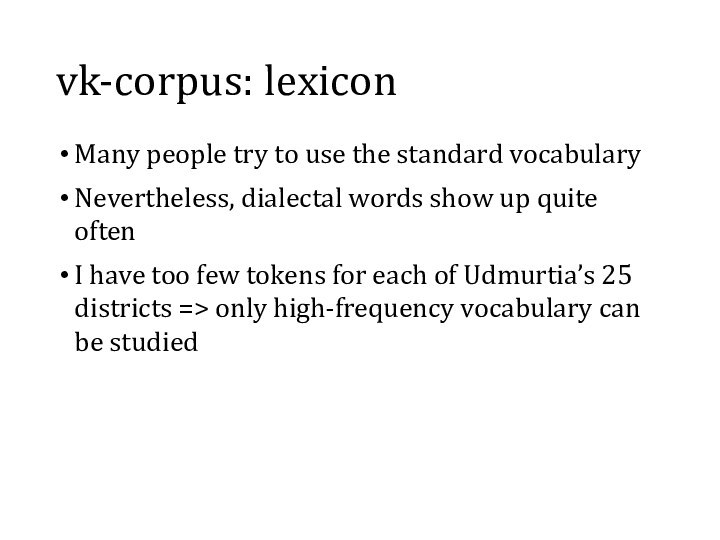

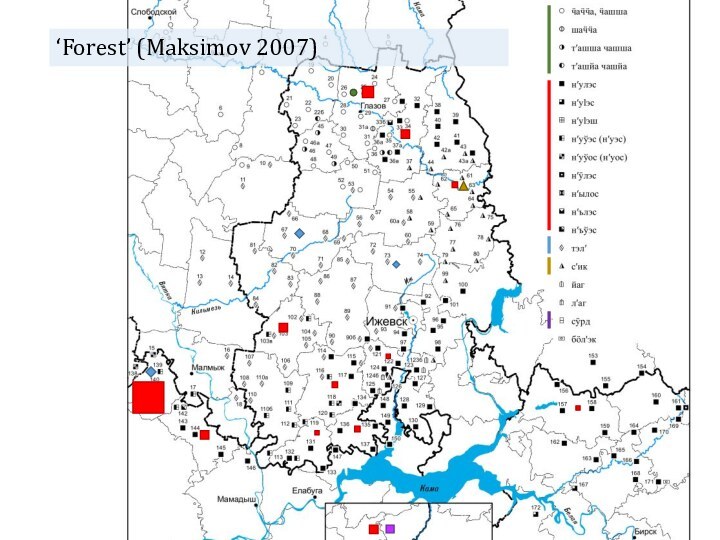
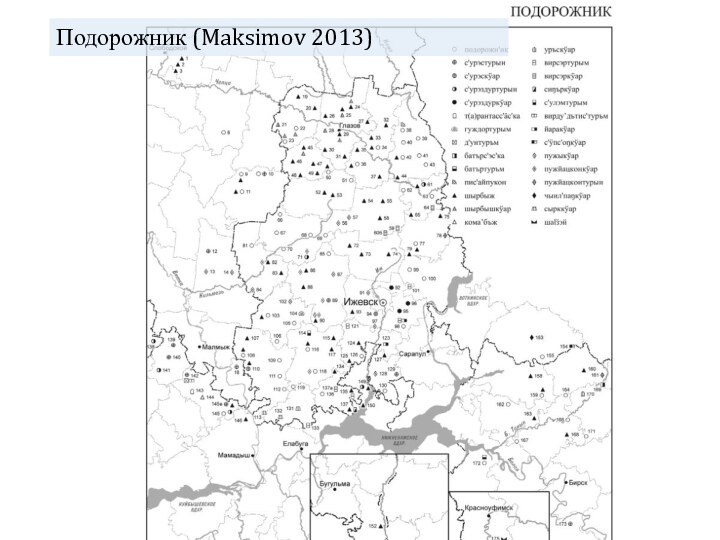

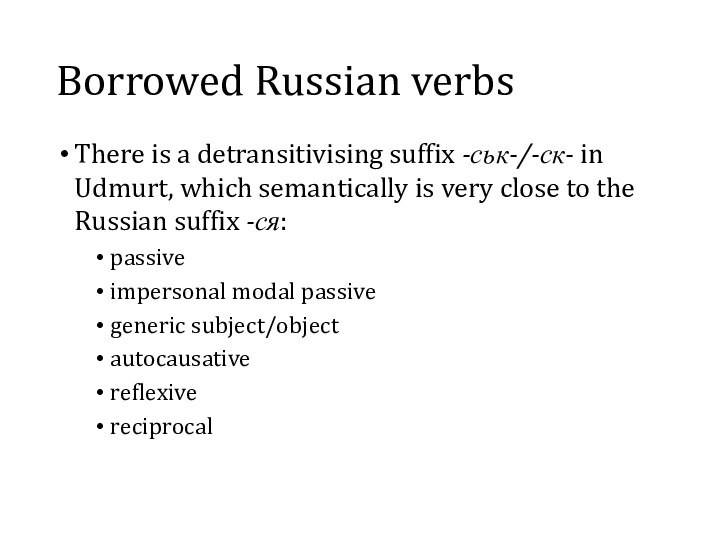
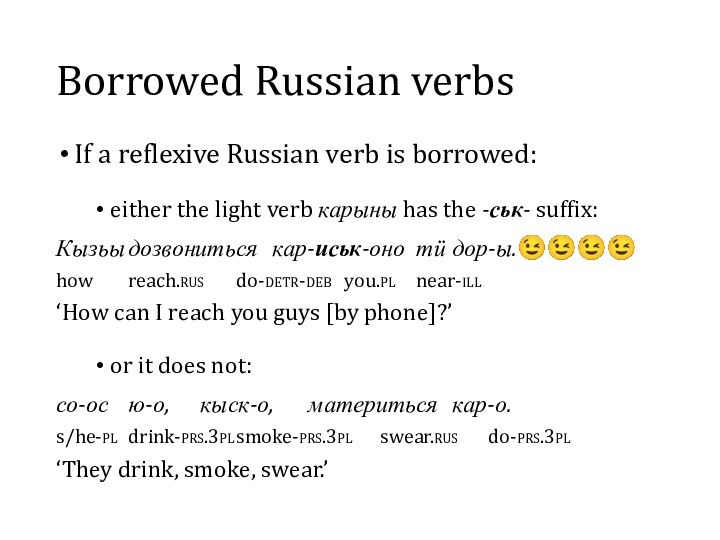
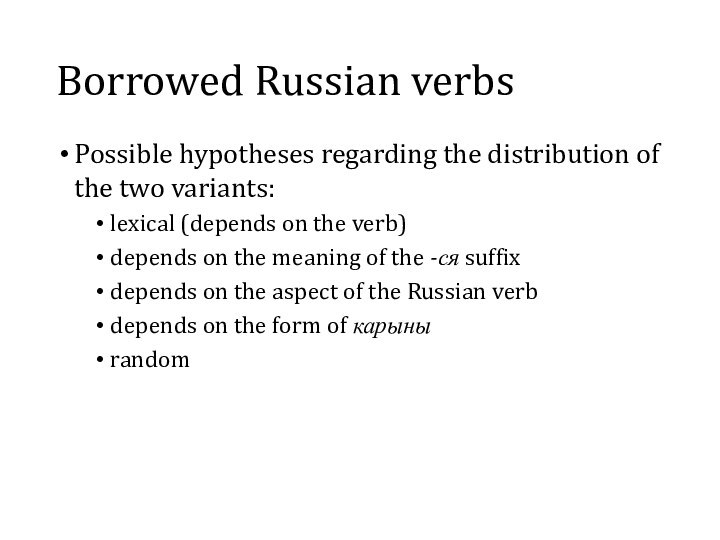
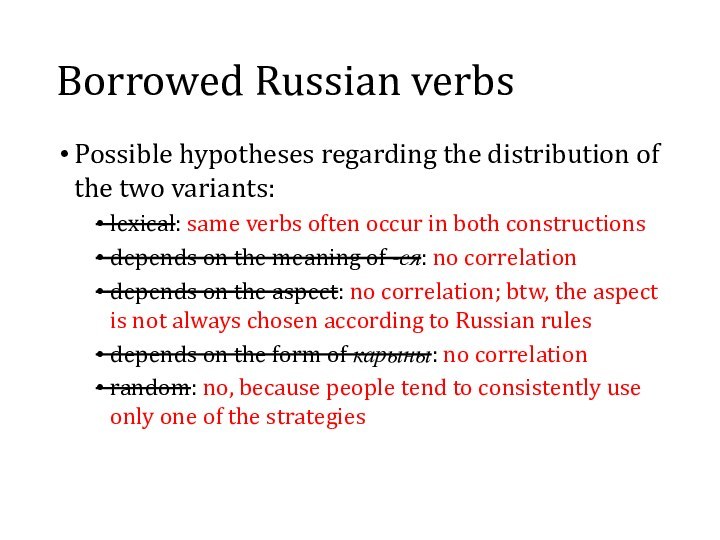
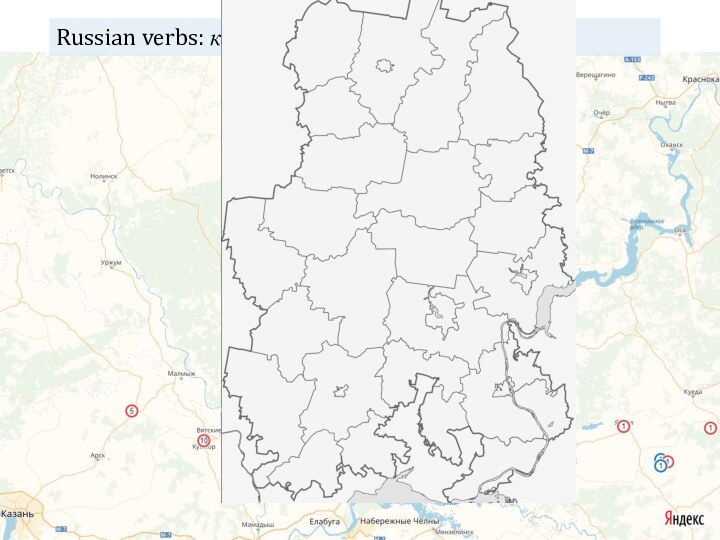
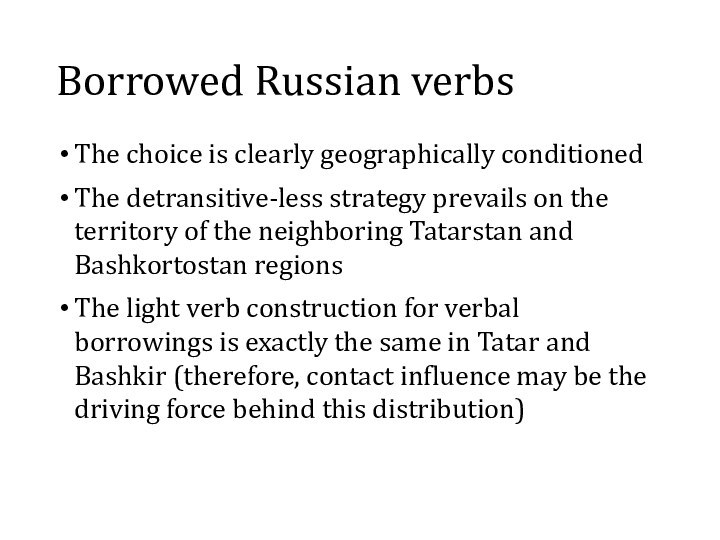


Слайд 3
Corpus
Collection of texts
Linguistic annotation:
metadata
lemmatization, morphological annotation
any other kind
of annotation (e.g. borrowings)
Search engine
corpus ≠ library
corpus ≠ Yandex/Google
Слайд 4
Udmurt vk-corpus
Posts and comments of Udmurt-language Vkontakte groups
and users
2.5 million tokens in Udmurt (400 groups, 2000
users)Sentence-level language recognition (rus/udm), morphological annotation
Author-related metadata: sex, birth year, birth place, current location
Слайд 5
Udmurt vk-corpus
Мон бы пукысал али и кылзӥськысал Лариса Васильевнаез, сое можно кылзыны вечность. Интерес не пропадёт.
Тау та смена понна котькудӥзлы! Алиночка Владимировна, тон прекрасной адями☺
привет ? не надо грустить, Алёна.
А вот лучше малпаськы сессиед сярысь?Алексей, ? точно
Слайд 6
Udmurt vk-corpus
Мон бы пукысал али и кылзӥськысал Лариса Васильевнаез, сое можно кылзыны вечность. Интерес не пропадёт.
Тау та смена понна котькудӥзлы! Алиночка Владимировна, тон прекрасной адями☺
привет ? не надо грустить, Алёна.
А вот лучше малпаськы сессиед сярысь?Алексей, ? точно
sentences in Russian
borrowed words / code switching within a sentence
Слайд 10
vk-corpus: phonetics
People try not to deviate from the
standard variety; orthography cannot reflect all dialectal features; the
diacritics (ӵ, ӟ, ӝ, ӥ, ӧ) are often omitted* a little too hard
Слайд 11
vk-corpus: lexicon
Many people try to use the standard
vocabulary
Nevertheless, dialectal words show up quite often
I have too
few tokens for each of Udmurtia’s 25 districts => only high-frequency vocabulary can be studied
Слайд 15
Borrowed Russian verbs
The standard way of borrowing a
Russian verb is to use the construction Vinf +
[карыны]:Трос инты-ын снимать кар-о-м.
many place-loc shoot.rus do-fut-1pl
‘We’re going to shoot [the movie] in many places.’
‘Мы будем снимать во многих местах.’
Слайд 16
Borrowed Russian verbs
There is a detransitivising suffix -ськ-/-ск-
in Udmurt, which semantically is very close to the
Russian suffix -ся:passive
impersonal modal passive
generic subject/object
autocausative
reflexive
reciprocal
Слайд 17
Borrowed Russian verbs
If a reflexive Russian verb is
borrowed:
either the light verb карыны has the -ськ- suffix:
Кызьы дозвониться кар-иськ-оно тӥ дор-ы.????
how reach.rus do-detr-deb you.pl near-ill
‘How
can I reach you guys [by phone]?’or it does not:
со-ос ю-о, кыск-о, материться кар-о.
s/he-pl drink-prs.3pl smoke-prs.3pl swear.rus do-prs.3pl
‘They drink, smoke, swear.’
Слайд 18
Borrowed Russian verbs
Possible hypotheses regarding the distribution of
the two variants:
lexical (depends on the verb)
depends on the
meaning of the -ся suffixdepends on the aspect of the Russian verb
depends on the form of карыны
random
Слайд 19
Borrowed Russian verbs
Possible hypotheses regarding the distribution of
the two variants:
lexical: same verbs often occur in both
constructionsdepends on the meaning of -ся: no correlation
depends on the aspect: no correlation; btw, the aspect is not always chosen according to Russian rules
depends on the form of карыны: no correlation
random: no, because people tend to consistently use only one of the strategies
Слайд 21
Borrowed Russian verbs
The choice is clearly geographically conditioned
The
detransitive-less strategy prevails on the territory of the neighboring
Tatarstan and Bashkortostan regionsThe light verb construction for verbal borrowings is exactly the same in Tatar and Bashkir (therefore, contact influence may be the driving force behind this distribution)
Слайд 22
Conclusion
An internet corpus can provide the data for
identifying dialectal features
The phonetic differences are almost impossible to
extract from such a corpusLexical features can be identified, provided the frequency is high enough
Besides, interesting syntactic features can be identified (which is valuable, since the science does not know much about them)


